Shock, dismay, joy, and envy. These emotions have been running wild since Sigma announced their new 18-35mm f/1.8 DC HSM lens. It’s the first lens in our modern age to maintain that open of an aperture through a zoom range and it’s also equipped with auto focus. This type of innovation has been unheard of from Sigma until recently, but now it’s almost expected. The main question I wanted to answer about this lens was: “Is this lens for real, or relying too heavily on the hyped, somewhat gimmicky nature of that innovation?”
As a note, most images below have been downsampled by our content management system to allow for easy and fast loading, but this does affect image quality. Please click on images below to get the full resolution with proper color and contrast.
For starters, as many of your know, this is not a full frame lens. It is designed specifically for cameras with APS-C sensors, which means you can’t fit it on your 5D MKIII or D800. I personally think that though the full frame sensors are nice, their impact and necessity are generally overstated. Are they great? Absolutely. Are you a bad photographer if you don’t have one? That’s absurd.
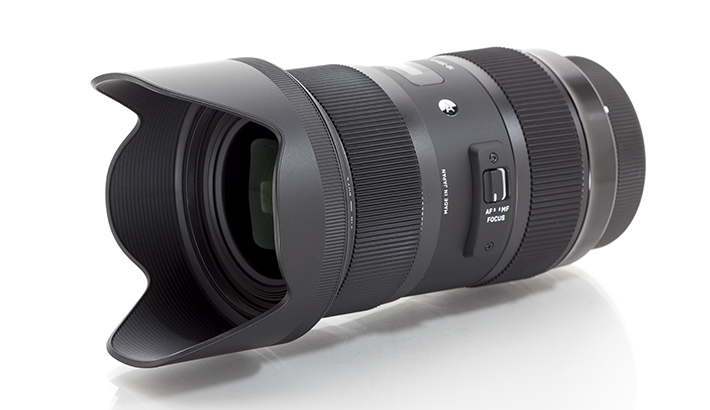
Once we get past the physical limitations of the lens, we can really start to appreciate its build. As I mentioned in my first look back in May, this lens is beautiful. It’s built just like the 35mm f/1.4, and that’s a good thing. It’s a gorgeous blend of metal and rubber with only a few plastic parts. At 1.78 pounds, the lens has heft, but it’s not what I would call heavy. It balances deftly between the two extremes of being too heavy and not feeling like it has a quality build. I hand-held the lens a lot (as opposed to using a tripod) and I have to say I never felt like it weighed too much, which was a fear given the size of the lens.
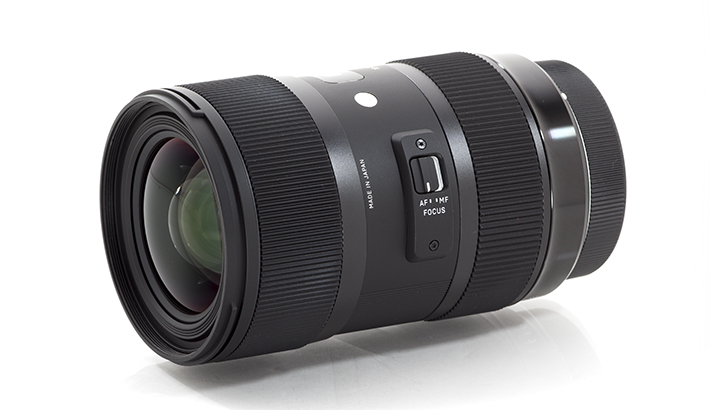
While on that note, the lens is rather large, especially for what many of you will be used to with this focal range. It’s a few inches longer than a comparable Canon 18-55mm or Nikon 18-35mm. The entire zoom range is internal, so it doesn’t change sizes on you.
Using this lens is very easy, and the autofocus works, of course, very well in daylight. It’s fast and, generally speaking, very accurate as all the new Sigma lenses have been. In one instance (as you can see below) I had an issue with it front-focusing, but this is easily remedied with the USB Dock and Sigma software (which are very easy to use).
At night, the lens is a bit less accurate, but it correctly focused (in nearly pure darkness) ten out of thirteen times. In a couple cases, it was just a little slow in finding a subject, by which I mean it took it about one and a half seconds instead of half a second. The performance is on par with what I have found with most good quality lenses on the market, third party or otherwise. No lens is going to hit every time in exigent circumstances, so I’m pretty satisfied with how the Sigma did here.
I had a weird issue with my lens and Sigma says that they haven’t seen this before: while in auto-focus, my camera did not beep to alert me that an image was in focus. As soon as I switched to manual focus, the camera beeped as usual. It only affected the lens while in auto-focus mode. I know many people turn the beep off to begin with, so it’s not going to be a big deal to them. The viewfinder still flashed red when an image was in focus, I just got no auditory alert.
I really loved the bokeh out of this lens. It's smooth and fluid, and makes the shallow depth of field really beautiful. Thumbs up here.
Chromatic aberration is extremely well controlled in this lens. It was here that I was probably most impressed. In studio situations, I saw no chromatic aberration at all, even wide open. I was ready to say that there was no CA present whatsoever until the last day of testing on location when I noticed a very slight purple fringe appear around a stitched logo on one of my bags.
This is the only time I saw any aberration, and here it is pretty inconsequential. I dare say the chroma control is better on this lens than on the 35mm f/1.4.

Flaring is decently controlled at most apertures, though you will see some issues arise when it is most open (between f/1.8 and 3.5). Be aware of this when backlighting with particularly bright light.
Many of you might have been swayed by images posted that were taken prior to the final release of the lens. I’m really not sure why Sigma gave the thumbs up to posting images because they 1) were not done with the final release of the lens and 2) if the images appeared soft (which they did), they could only hurt the general opinion of this lens. At best they could have looked good, but would that have made a major difference to users? I feel like it was an unnecessary risk.
I tested the sharpness of this lens in a number of situations, and found it to be pretty consistent and sharp at all focal lengths and apertures. Yes, it is most certainly sharpest between f/5.6 and f/7.1, with the best image quality at a wide angle produced at f/2.8. However, it still performs pretty well at f/1.8, just maybe not quite as good as many of us were hoping. It certainly is softer than the 35mm f/1.4, but is markedly better than any other variable focal length kit lens in this range that I have used.
Below are a sampling of images taken at 18mm testing sharpness at f/1.8, 2.8, 5.6, 7.1, 11 and 16.
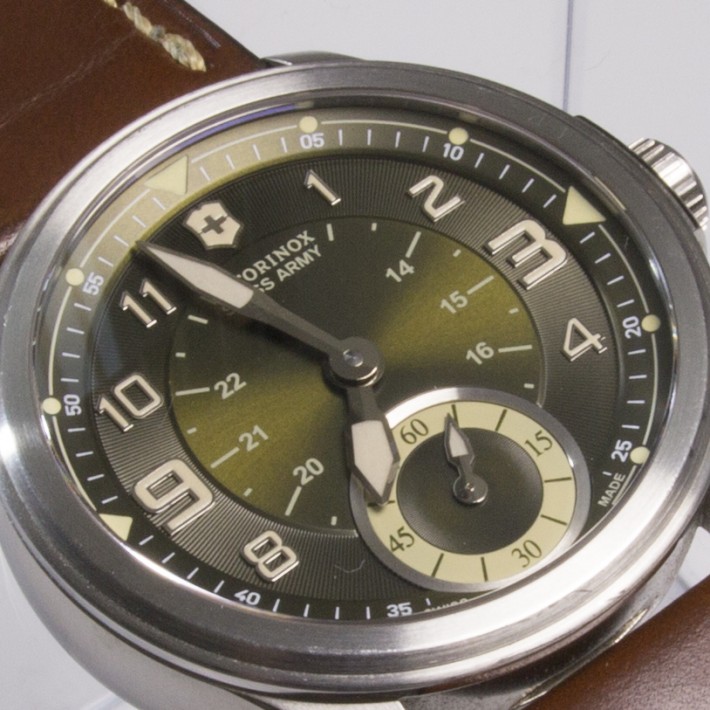
And further are samples taken at the exact same distance as the images above, but at focal length 35mm also at f/1.8, 2.8, 5.6, 7.1, 11 and 16.
You will notice that the 18mm images look a lot softer, and that has a lot to do with that wider focal length. We increased the angle of acceptance, therefore converging the lines of resolution, which now must fight for the few pixels that will accept their information. This equals less resolution. Below is an image where I increased the amount of space an image occupied in my frame, which gives another look at the sharpness at 18mm.
In shooting with the lens, I found that it shows a lot of detail, but most of the super fine detail is only visible at the sweet spot apertures between f/5.6 and 7.1-8. One of the great things about the 35mm f/1.4 was the super fine detail that just seemed to pop out of the lens at any aperture. Though the 18-35mm does perform admirably, it doesn’t really give us those amazing details that I personally am used to seeing with the top-of-the-line Sigma glass. I suspect micro ghosting is the culprit. This issue is made more complicated by the less sensitive and smaller APS-C sensor. It’s hard for me to really be able to judge the lens on its own merits because of the limitations of the sensor.
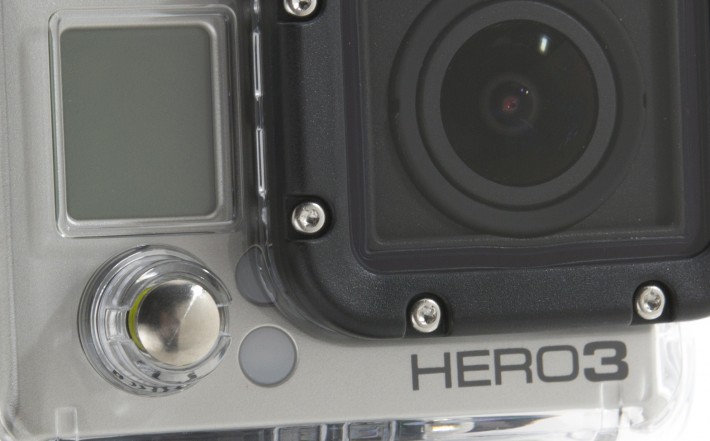

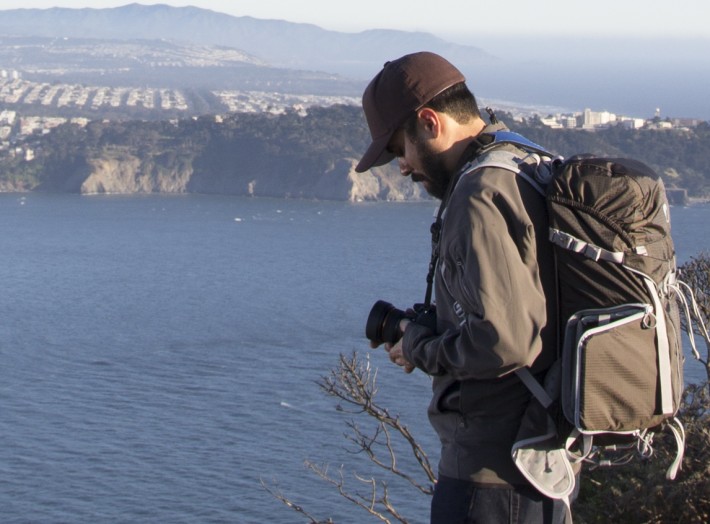
This situation, for me, keeps the lens under the glass ceiling that exists right above the “prosumer” level of equipment, and for this lens I think that’s perfectly acceptable. It’s not designed, I don’t think, to be pro glass. It’s designed to give those higher-end consumers a lens that looks great, shoots well, produces images vastly superior to competitors in the focal range and offers a uniquely wide-open aperture. For that, it easily stands out as a top contender for APS-C camera owners looking to get something far better than a kit lens at a focal range that usually screams “beginner.” I would recommend this lens over the Canon 18-55mm any day of the week.
I have a hard time deciding if this focal range is useful to a lot of photographers. I certainly appreciate the variable focal length with a constant aperture, but the difference between 18 and 35mm in a lot of situations isn’t all that much. 18mm, which translates closer to 27mm, isn’t super wide. 35mm is great (as it translates to around 52mm), but I could already own the 35mm f/1.4 if I wanted that. It’s just a sticky spot and though it has its uses, they are limited.
The price point is beyond solid, coming in under $800. For this aperture, that is a feat worth applauding.
What I liked:
Build quality
Wide-open, constant aperture
Quality sharpness
Great chromatic aberration control
Beautiful bokeh
Price Point
What could use improvement:
Can front focus (but fixable with USB Dock)
Micro ghosting at wide apertures
Flaring wide open
So is this lens a gimmick? No, it certainly isn’t. For Sigma’s first run at a previously never before seen lens concept, this is a rousing success. It may not be a home run, but it’s a solid line-drive double. There are thousands of photographers who will not only love the price point, but the return on that investment. The issues I experienced with the lens are from a very high level, high expectation standpoint. This is so far Sigma’s best APS-C only lens, and it’s the best by leaps and bounds.
The Sigma 18-35 f/1.8 DC HSM Art lens will be available July 31 for Nikon, Canon and Sigma mounts.
All images shot on a Canon 60D.


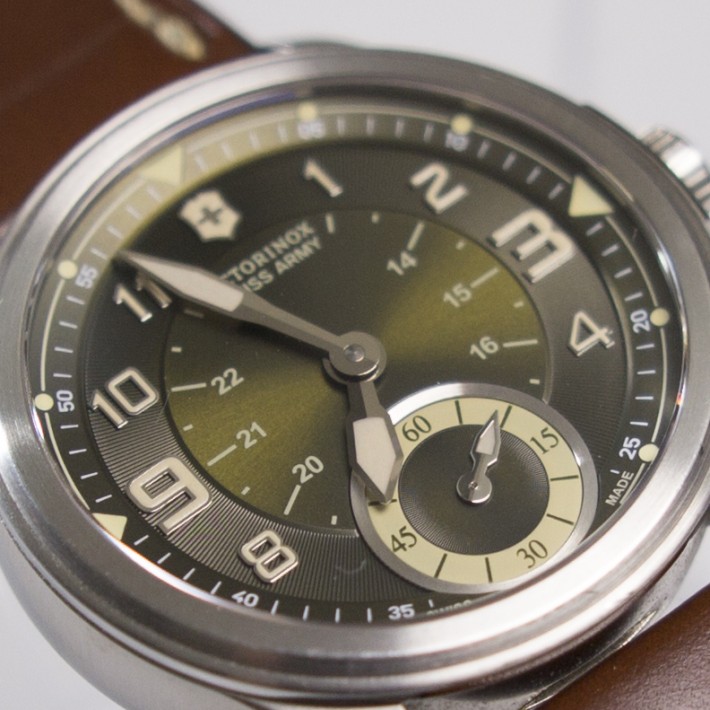

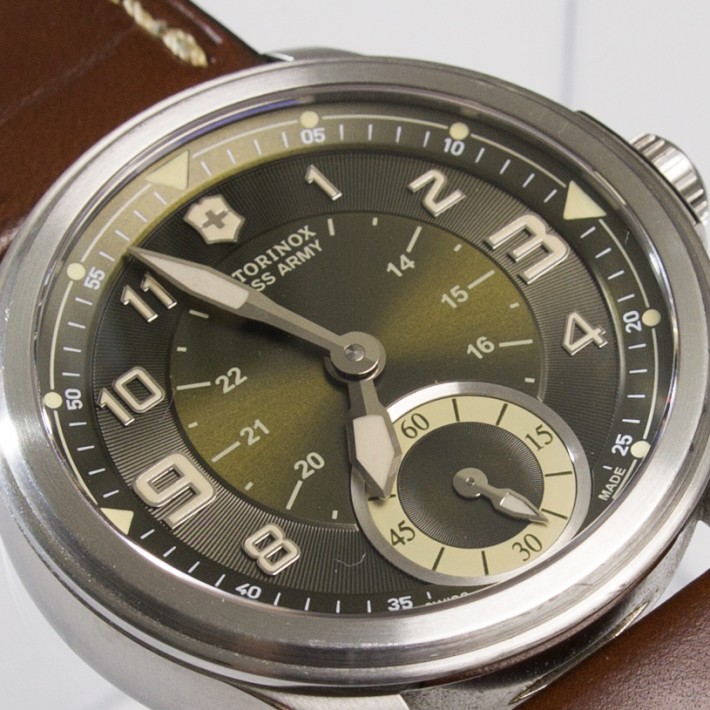

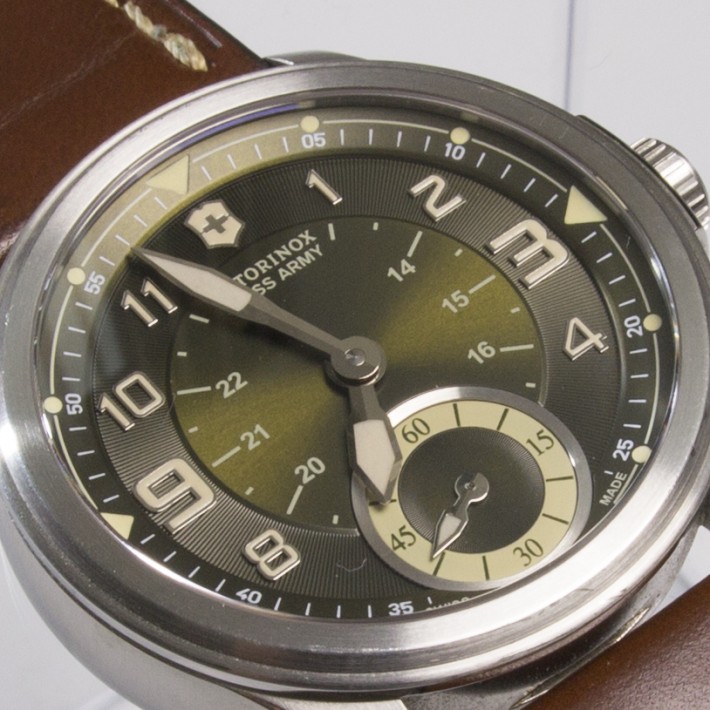
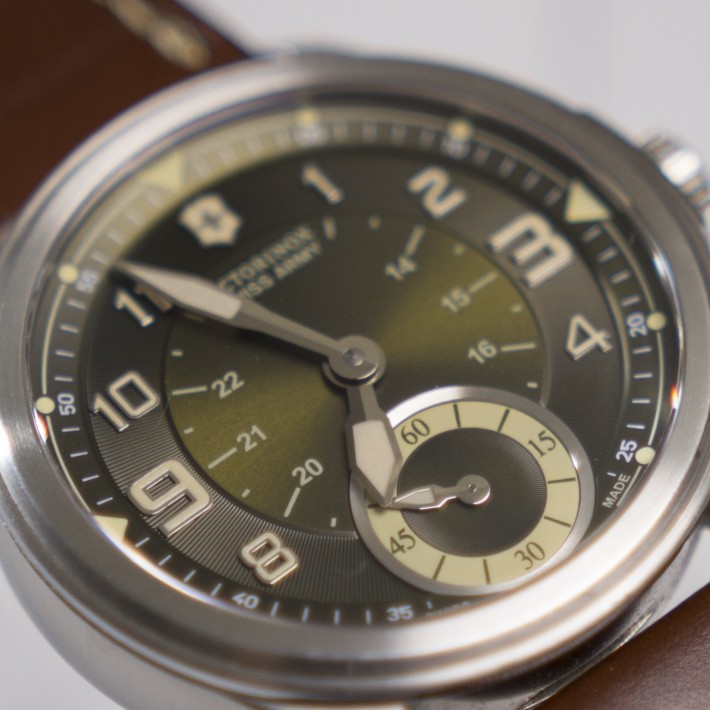

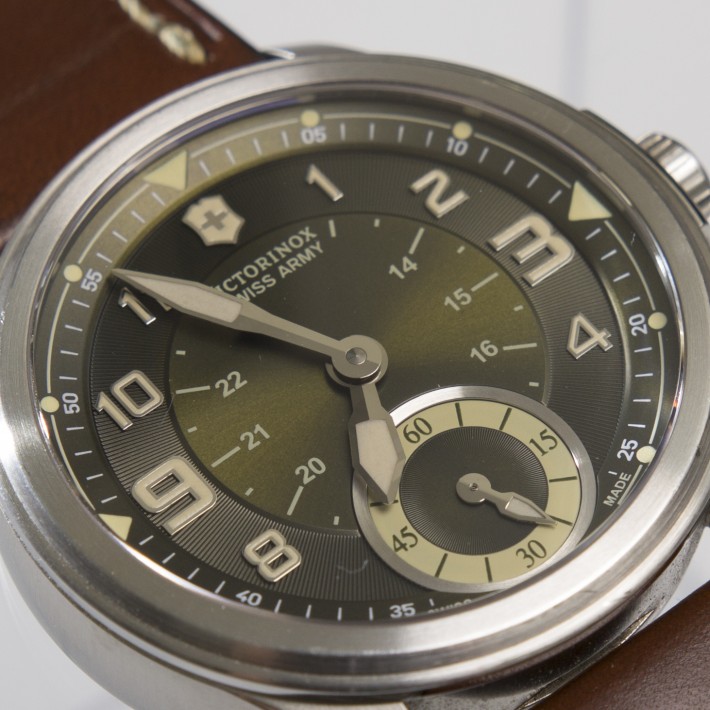

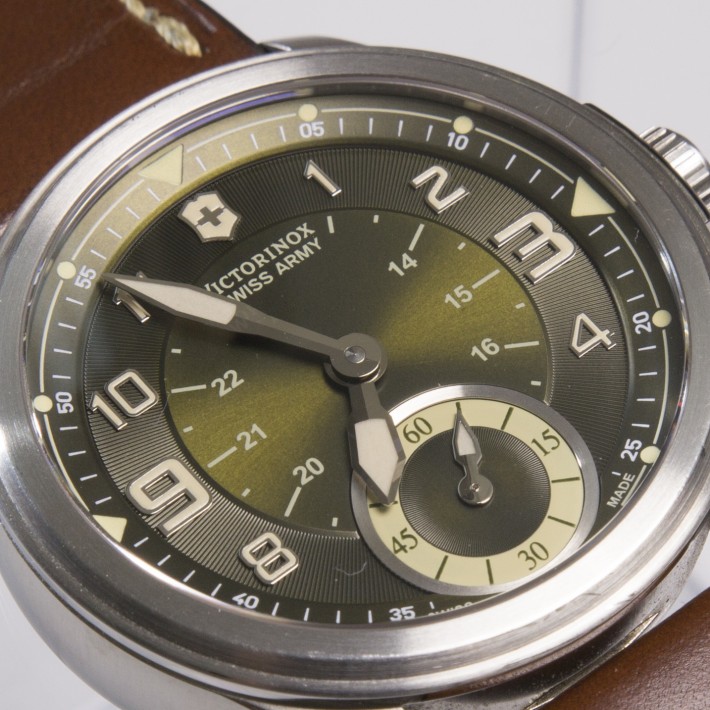
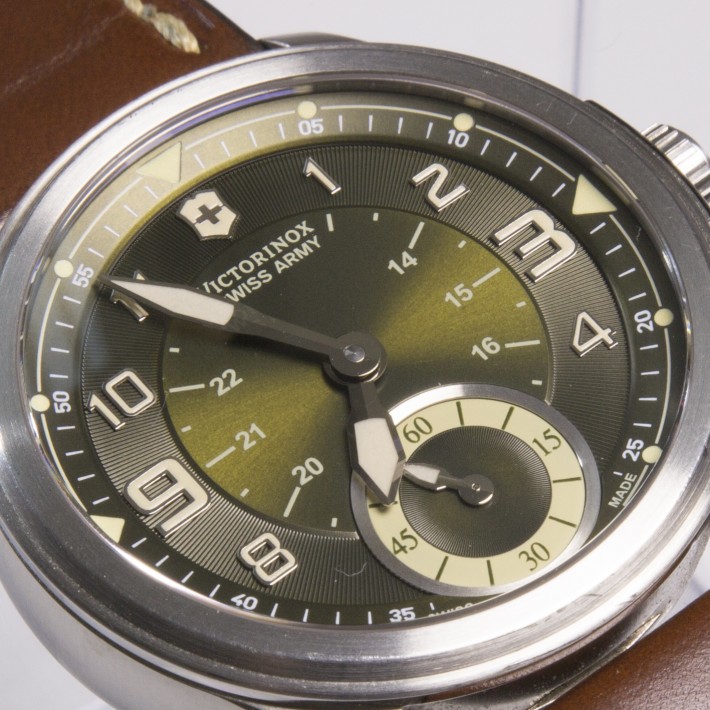
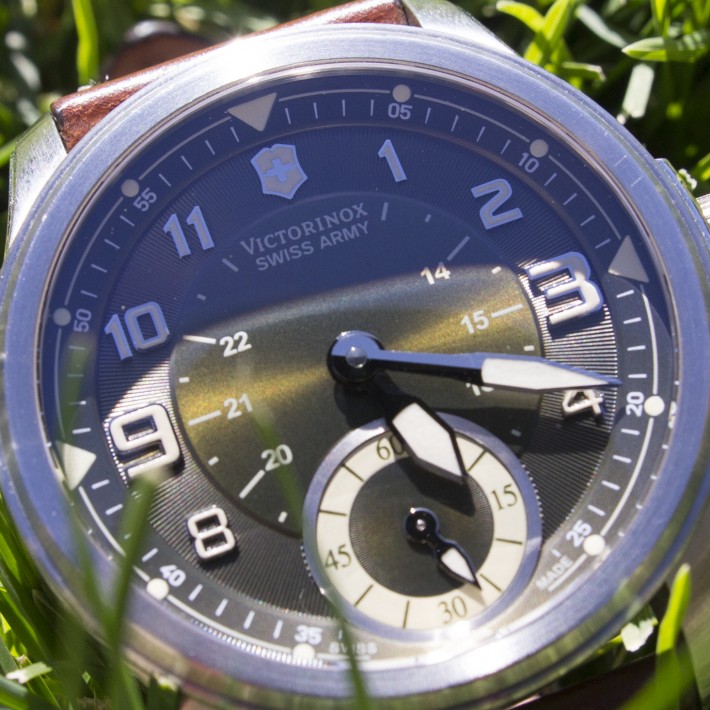
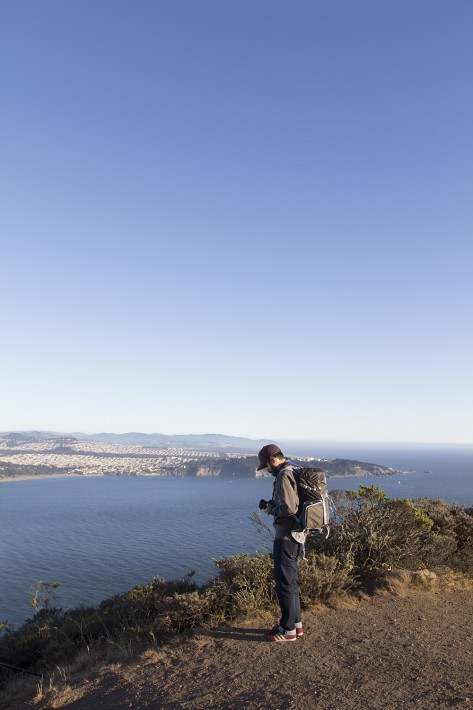









cool...
Tell me again why I can't fit it on my D800?
It will vignette like crazy, as your sensor is larger than the area of the glass on the back of the lens. It will be like looking through a tunnel.
You're obviously not a Nikon shooter or you would know about DX mode.
I hope it's obvious I'm not a Nikon shooter seeing that I'm not a Nikon shooter. If Nikon offers a way to shoot with APS-C lenses on a full frame, then by all means pick up this lens.
Our esteemed colleague alludes to Nikon's option to automatically engage crop mode when a crop lens is in place; present on all Nikon full-frame DSLRs, I believe. (Not something I encounter personally, as I use a D7100)
Thank you
They do. You can select a DX mode in the camera and it automatically crops the image. To be honest, if you're reviewing camera gear, you should probably spend a little time getting to know cameras you don't personally shoot with, so that you can offer informed reviews.
so you'd buy a lens for your full frame camera that you can only feasably use when nearly half of the sensor is disabled? ...cool.
No Idea how Nikon does it, but on Canon EF-S mounts (crop body mount) the back of the lens sits too far back in the body - so much so that a full frame shutter may hit the back of the lens.
You obviously don't know exactly what DX mode is. There is no difference between Nikon's DX mode or someone shooting in FX mode and cropping later in post.
You'd be much better off using an FX lens on your d800. Nikon has some awesome fast wide-angle lenses, no sense in buying a 30something megapixel camera just to crop out everything but the middle
Yeah this lens will be pretty interesting on full frame cameras and if Nikon ever releases a D400 it will be really awesome on that camera. The truth be told, DX cameras are every bit as good as FX cameas at this point for most applications. Taking a D800 and putting it into crop mode gives you 15 megapixels which is higher than the not so old Nikon D3s pro camera (D4 is only 16 total). So having the ISO advantage of the D800 with a 1.8 zoom lens is pretty amazing if you ask me. Some will scoff at putting a FX camera into DX mode but I do it all the time.
The D800 has a DX mode. You can set the camera to DX in the menus. When using Nikon lenses you can set it to automatically switch to DX mode when you attach one. I use two DX lenses with my D800: the Nikon 17-55 and Tokina 11-16. They both work fine on the camera. You see the vignetting in the viewfinder, but not on the final image (unless you choose not to set it to DX mode). In short, you could definitely use this onto a D800.
You keep talking about a 'Canon 18-35mm'? What lens are you talking about, because as far I know, that lens doesn't exist. I know the 16-35L, 18-55; 17-55, 18-135 but I don't think a 18-35 exists :)
Whoops my bad. I'm referring to the 18-55. I'll make that adjustment.
Very helpful review as always, Jaron. Do you find any usability issues with mixing brands in your kit? Different ergonomics, for example, or different color shifts. I've hesitated to go away from all-Canon kit partly for that reason. I tried some Zeiss glass for a week and loved the different look those lenses offered, but it was annoying having them work in a different way than my usual lenses (buttons in different locations, focus ring turns in the opposite direction, etc.). Is that an ongoing problem, or do you get used to it?
That's a very unique question CharlestonDave. I think if there are major differences among lens brands (Canon to Zeiss is a big shift when compared to Canon to Sigma), you get used to individual lenses pretty easily over time. I haven't had a huge problem shifting from Canon to Sigma, but it might that I use each lens for a specific task, so my mind shifts to each task, carrying with it the lenses I use for those tasks. There are instances (like with the 50-150mm Sigma) where certain physical features are very different, and that can be a bit jarring. But so far in the new Sigma lineup, none of those issues have presented themselves to me. Everything is pretty easy to adapt to.
That's good to hear. I'm looking forward to investing in Sigma glass (though I think Tamron has worked harder to earn my money first)
One reliable polish site reviewed this lens and in sharpness test it has beaten previous record and kept superb quality through whole zoom range even on 1.8.
I'll wait for photozone.de for sharpness tests- well, them and Roger Cicala.
"One of the great things about the 35mm f/1.4 was the super fine detail that just seemed to pop out of the lens at any aperture. Though the18-35mm does perform admirably, it doesn’t really give us those amazing details that I personally am used to seeing with the top-of-the-line Sigma glass. I suspect micro ghosting is the culprit."
Um, no. The fact that it's a zoom is the culprit. Get real.
Get real? it's his own opinion. No need for a sh#tty attitute.
Except it's not a matter of opinion.
I Like cheeseburgers with hot sauce ! that is my choice and you can't stop me
I think the only disadvantage, and this is a big one, is that it cannot be fitted into some cameras. The look is amazing. It is decent and elegant which give a futuristic aura in it. I like the features too because it has almost everything you need. - http://www.lensgiant.com/
Looks like great VIDEO lens for crop sensor camera..
No VR =/
= Sony Alpha SteadyShot.
"which means you can’t fit it on your 5D MKIII or D800. I personally
think that though the full frame sensors are nice, their impact and
necessity are generally overstated."
When you ask people about buying camera's and all that jazz, they will tell you that APS-C sensors are better for the zoom factor. Yet people tend to fail to put into perspective the opposite of this, that the Full Frames are better for wide angle, so such a lens is better suited to a full frame than an APS-C. Or does this mean we just say that APS-C is also overstated for their zoom factor?
At least that's my few cents worth
With that said, also, it's a "27-52,5"-lens on APS-C.
Exactly. Still love my 16-35mm for the 5D MkIII
Will it work on my 1D Mark II??...since the 1D is 1.3X and not 1.5X
I have heard rumors that bc of the 1.27 crop factor it should work with minor vignetting at the low end... but none the less- pretty cool
No, The image will not fill the 1.3 sensor either.
If you haven't tested it then why make assumptions? I stopped by the Sigma booth at a recent camera expo and one of the reps asked to try it out on my 1D Mark IV... and it worked! Vignetting only comes from putting on the hood.
It works. I have a 1D Mark IV and tested it out during a recent camera expo, it even works at 18mm. The only downside is when you put on the hood there's vignetting, but there isn't without. I ordered it and will be receiving it soon.
Awesome
Not full frame = Not impressed... Most people with that kind of money ($800+ for a lens), and looking for an aperture that large "usually" has the money for and Full frame body, and likewise already has one. Most people with their $400-700 crop bodies are not looking to put a $800 lens on it... again most people, just generalizing here. You will always have the exception's, but 80% of the crop censor market share wont be interested in this lens. I see the market for this lens being significantly smaller than if it were produced for full frame even at double the price for a full frame equivalent. They should have pushed for a $1500-2k full frame equivalent, I feel as though that would be a stronger value in the market, and command more respect, as well as also being able to be used on crop bodies in the rare cases those individuals really want this type of lens.
Any idea how big a FF lens like this would have to be? I can't see that being built any time soon. I shot about 2 years of weddings on Nikon's D7000 cameras (needed the video feature) and they are plenty fine. Now that I've finally made the transition to all FF bodies, I'm not sure if I'd buy a D400 DX camera but a year ago that would have been my preferred camera (the D800 and D600 are pretty sweet at this point).
Anyways, my point is FF is not that much of a leap above DX and having the advantage of 1.5 stops of light in a zoom is pretty remarkable. At this point, what does FF sensors have over FF in terms of noise? Maybe 1 stop?
He obvioulsy has FF camera and adheres to it strictly no matter how heavy the lens is. I had Canon 70-200 f/2.8. It was very heavy lens, "neckbreaker" without a tripod. I guess that 18-35 FF would weight above 1,2 kg. No pleasure to walk around with such heavy weight. I like full frame cameras but looking at Speed Booster (or Turbo Lens) I start to enjoy small sensors.
Yes I know how big they would be thank you lol, I own many "pro" zoom 2.8 lenses etc so I realize the size and weight of good glass. And whats the point of having an extra 1.5 stops of light on a lens when your loosing that 1.2-1.5 stops of light on the sensor, It means nothing as all the gains of light in the lens are lost in the body...where the gain being made then and whats the point? Like I said, just get a full frame body then, with a 1 stop higher zoom lens and call it a day. Then you will have that over one stop gain in high iso performance with EVERY lens and not just 1. On top of which FF sensors is not just an high ISO gain, as I am more than sure you know its general IQ also, the best FF sensors are better than the best DX sensors in all regards, not just ISO.
So again, who's this market going after was the point of my post? an $800+ lens on a body where 90% of the bodies in the market place for it that people own are valued in the $400-700 range. Most of these people are amateurs, enthusiasts, first time DSLR owners, mom & dad's wanting to get shots of their kid playing soccer etc. Most (again generalizing here) but most are not pro's looking for top of the line lenses that cost nearly a grand. Most of the people willing to shell out that kind of money for glass have already moved to Full Frame, and or own at least 1 Full frame body (even if they still do use dx bodies occasionally for their crop and pixel density properties) The point being, the company should go after where the market is, where the consumers are that would be interested in such a lens. and a Full Frame version, yes would be much larger, much heavier, harder to produce, and cost much more, but it would also appeal to a much larger audience and I feel sell much better. "Pro" are willing to shell out big money for big high quality glass, amateurs not so much... and that's the point I was getting at.
There are lots of enthusiasts who still find the cost of going full frame prohibitive. On a crop sensor, 24mm just isn't wide enough and 2.8 just isn't bright enough, so this lens gives a fairly close simulation of a 24-70 2.8 with a full frame sensor for less than $800. The sales of prosumer bodies like the 7D, 60D, D7000, D90 etc. still outsell the full frame bodies for a reason. Your argument that there is no market for this lens has no basis. I think Sigma's biggest problem with this lens will be keeping up with the demand.
yeah but that's what you not getting about being "bright enough" if your shooting on a crop body, your sensor is already capturing 1-2 stops LESS of light than you would be on a FF. So putting this lens on a crop body doesn't give you any more light, if just helps you match the same amount of light you can capture on a FF sensor with a f2.4-2.8 lens. So no gain is being made just like I said above, where as if you just got FF off the bat, and the "light gain" you talk of would be in the body sensor, and it would be across ALL lenses and just not 1.
and what are you talking about 24mm just isn't wide enough? If you have an 18mm lens on a DX body, your getting a 1.5x crop, which means you are seeing/capturing the same area as an equivalent 27mm on Full Frame. So this sigma lens is actually more telephoto aka "smaller viewing area" than a 24mm on a Full Frame. So that argument is completely off base and wrong.
Either way, regardless, it seems by the rumor mill, sigma seems to agree with me, as this just came out a few days ago. Rumors of a 24-70mm f2.0 lens which on a FF body captures MORE light than this lens on a dx combo (which is essentially what I was saying was what should have been made first, and would be more useful to ALL photographers and not just DX).
http://photorumors.com/2013/07/29/sigma-rumored-to-announce-a-new-24-70m...
I was referring to a 24mm on a crop sensor being not wide enough since it would come out to a 36mm/38.4mm equivalent. Look, I'm not dissing people who go full frame but it's not affordable enough for everyone. The 18-35 1.8 provides enthusiasts with a wide angle lens with enough light gathering capability to use during events. I understand your point about full frame sensors having better light gathering but the costs have not yet gone down enough to appeal to a bigger market. I think that it's commendable that Sigma is coming out with a brighter zoom for full frame using enthusiasts but I think that the 18-35 1.8 (which I just got) will appeal to a lot of people based on my experience with it. It may not have the colors of an L lens but the sharpness is there and considering it's optimal sharpness is between f/2-f/2.8, using it wide open (or close to it) doesn't hurt how sharp your pictures get. Another nice thing I noticed while using it is that there is hardly any facial distortion when taking portraits up close. It's a well engineered lens that will appeal to the "crop crowd."
Well the Sony version should work on the full frame A99 with 10MP outputs and add image stabilisation whether it's used on a FF or APS-C
very nice and comprehensive review. I've been looking around for a 3rd party lens for my pentax k5 and canon 550d and am pleased to see sigma producing such good quality images. I've also featured this review at my new photography portal at http://thedailyphotography.com too. Tks for the review again
Currently have a Tokina 12-24mm F4 and Samyang 35mm and really debating on selling the Samyang lens and buying this lens. What do you all think, I konw hte samyang is possible slightly better but this sigma lens would also give me a 24mm f1.8 and 18mm 1.8 that can all auto focus.
Without having tried the Samyang, I'd say do it, but with reservations, since the Samyang has been favorably compared with the Canon. Not better, but comes close and more bang for the buck. But the Sigma zoom is very nice. I know since I just got one. One of my best buys, which is saying much since I have a bunch of L lenses too.
sell your samyang before it is falling apart. You can see from lensrentals website, how fragile statistically this lens is. It is made of small screws and glue.